Spotlight – Taiwan: the MiniPrinter XL helps repopulate the ocean
TsunHung Environmental Co., Ltd.: A company committed to the sustainable development of our oceans Based in Taiwan, TsunHung Environmental Co., Ltd. has taken on the challenge of repopulating the oceans using the MiniPrinter XL. Specializing in green technologies and clean environmental solutions, this East Asian company transforms construction waste into reusable, eco-friendly building materials, actively promoting the circular economy. Driven by strong environmental values, TsunHung now extends its mission to the protection and regeneration of marine ecosystems.
Published on 1 September 2025
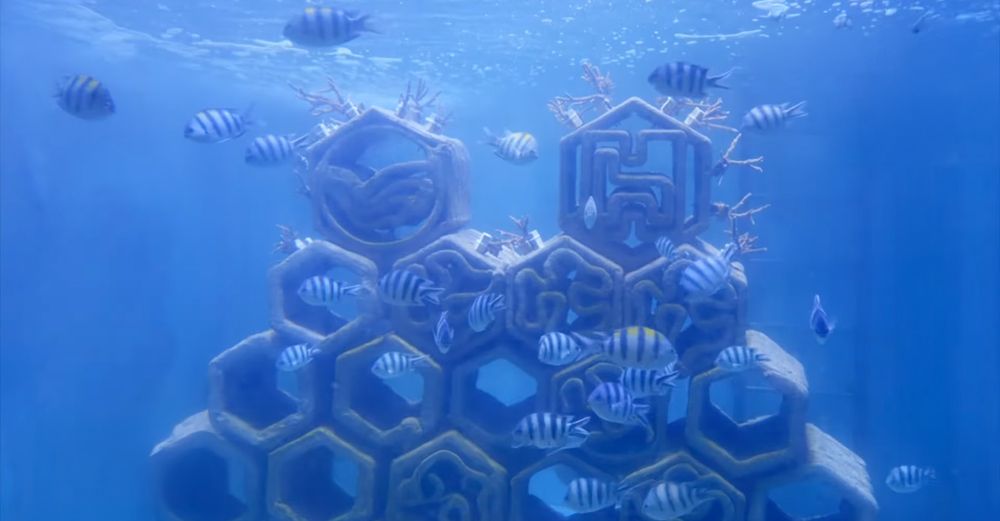
Project Overview
3D-Printed Artificial Reefs: A Meaningful Project to Help Save the Oceans
In 2023, TsunHung Environmental Co., Ltd. took action by launching a 3D-printed artificial reef project to combat the growing degradation of marine habitats—particularly coral reefs—and the decline of Taiwan’s fishery resources.
A true environmental challenge in the region, this project aims to leverage 3D printing technology to create new artificial reefs. The Taiwanese company intends to demonstrate that it is possible to combine cutting-edge technology with sustainable development.
By pairing the MiniPrinter XL with recycled construction materials, TsunHung is pioneering a new generation of artificial reefs. Using concrete made entirely from transformed construction waste, the team employs 3D concrete printing to design and produce complex structures perfectly adapted to marine life.
These reefs are engineered to enhance biodiversity and repopulate the oceans by providing safe, durable habitats for marine species.
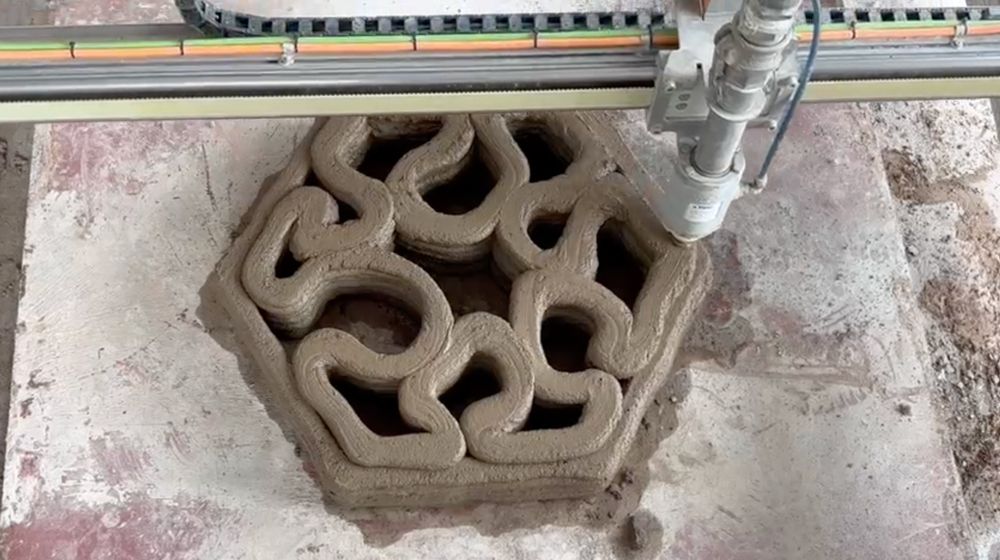
Partners
A Collective Project in Support of a Sustainable Local Commitment
Launched in April 2023, this initiative is above all a human adventure built on the commitment of multiple stakeholders.
Industry, government, academia, and local associations have all come together around one shared goal: protecting local marine life.
Among them is the National Taiwan Ocean University, which contributes its scientific and ecological expertise on marine ecosystems. The university supports reef design and conducts ecological monitoring of the deployment sites.
The Hon Hai Group (Foxconn) has also joined the effort, contributing to the drafting and implementation of the project. Its subsidiaries and R&D units actively participate in the integration and optimization of the 3D printing equipment.
Finally, local fishermen’s associations and fisheries agencies have played a key role by identifying the optimal locations for reef deployment. They serve as a vital link between the project and the local population, engaging communities in marine conservation and sustainable resource management.
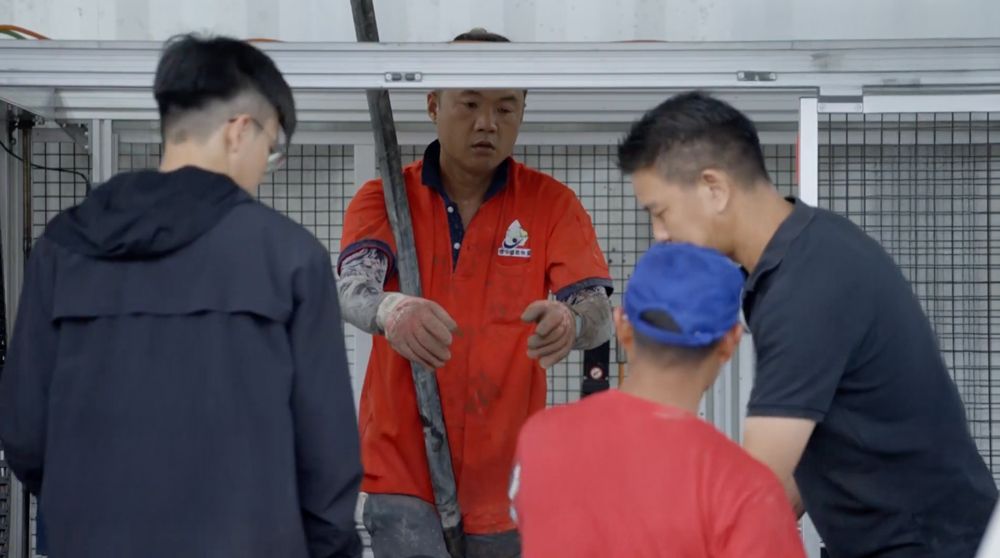
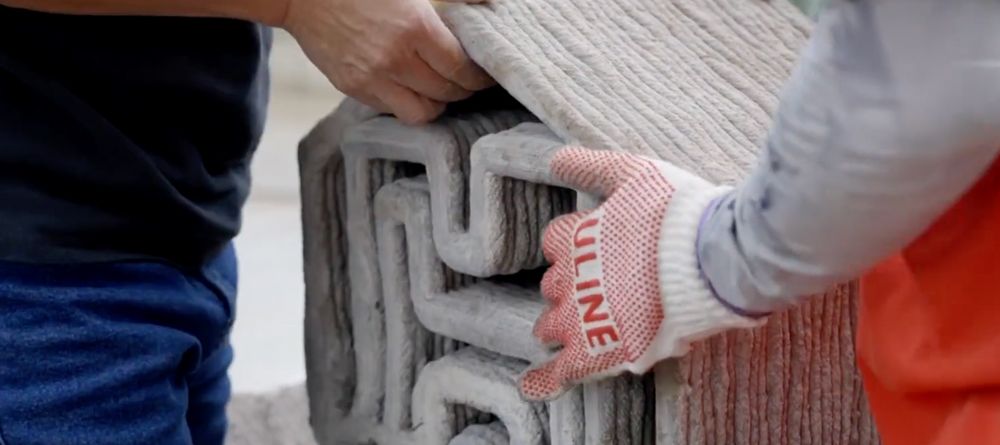
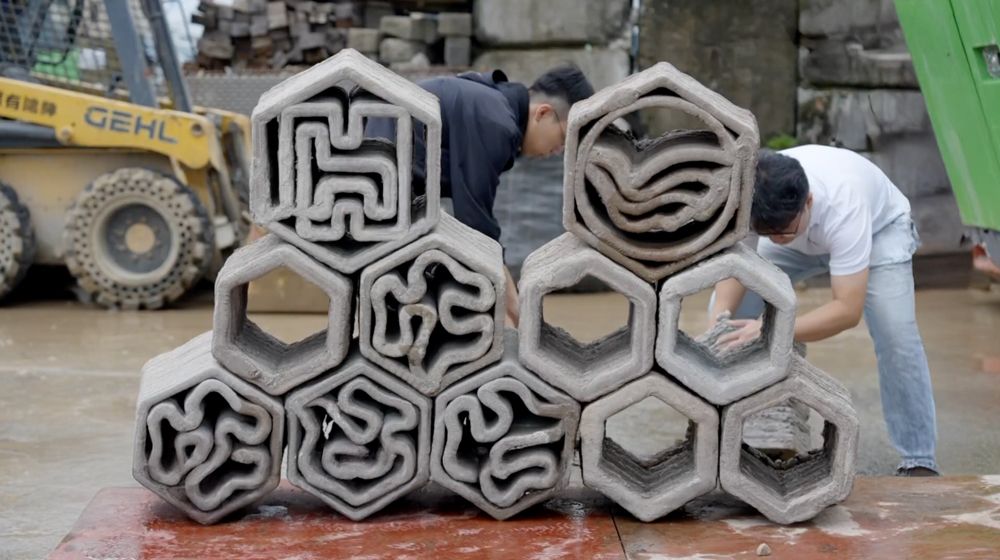
Key Figures
The Project in a Few Key Figures
Since the beginning of this sustainable initiative, numerous reefs have been successfully 3D-printed. Here are a few key figures to remember:
- Printing performance: one 8-hour session produces about 4 to 5 reef modules, each measuring 60 cm
- Design and layout: carried out by the team from the National Taiwan Ocean University
- Total number of reefs deployed: 60 artificial reefs
- Deployment plan: the reefs were installed underwater in two successive waves
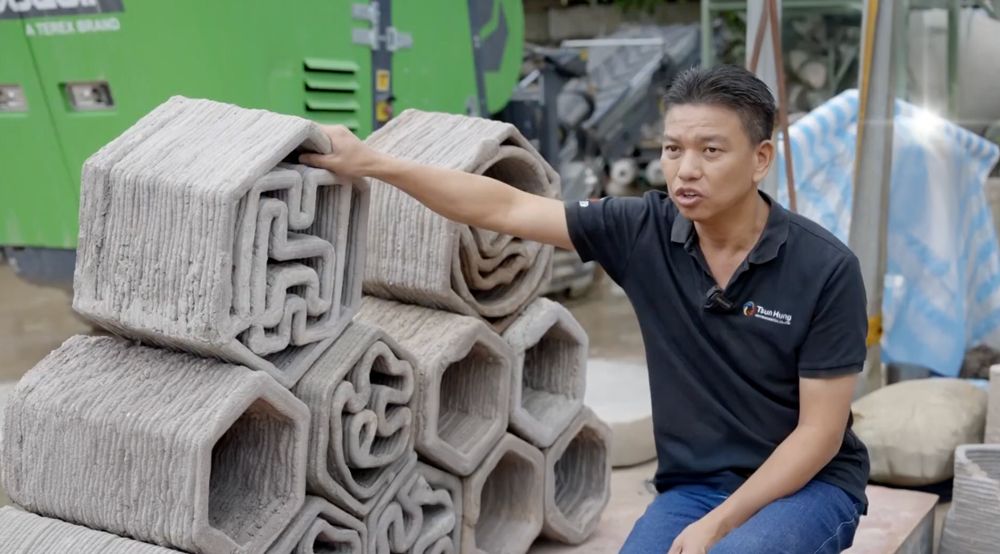
Machine & materials
ChatGPT a dit : Carefully selected materials that are 100% sustainable and eco-friendly
To achieve this result, several testing phases were necessary — and the choice of materials proved to be crucial. These 3D-printed reefs are made from eco-friendly materials, using recycled concrete sourced from demolition sites. The recovered cement and aggregates are treated and reused as the printing base.
Finding the right combination was essential to ensure that the printed concrete could adapt to marine life — and vice versa! This required extensive research to develop the best possible alternative.
In keeping with a 100% sustainable and ecological approach, the project uses no metal reinforcement (rebar) to prevent any form of pollution. Steel, known to corrode upon contact with water, would have compromised the integrity of the structures and threatened the surrounding marine ecosystem.
The chosen material was therefore designed to be non-toxic, durable, and marine-friendly.
Thanks to the MiniPrinter XL, the reefs are printed in a hexagonal shape. This geometry, developed during the design and modeling phases, not only enables modular stacking but also enhances underwater stability — making the structures resistant to waves and reducing the risk of overturning after installation.
The MiniPrinter XL provides high-precision printing, capable of reproducing complex structures and textures that closely mimic natural reefs, delivering an optimal result tailored to the project’s environmental requirements.
Ecological Impacts
Marine Life Returning to Its Natural Rhythm
Having already installed several 3D-printed reefs, the project can take pride in contributing to the repopulation of the local marine ecosystem. Shortly after the first deployments, the reef surfaces began to be quickly colonized by marine algae, and many small fish species started to settle in.
Initial observations indicate that the project has helped establish micro-ecosystems that support marine biodiversity. As a result, marine life has been able to reclaim the area and thrive more peacefully.
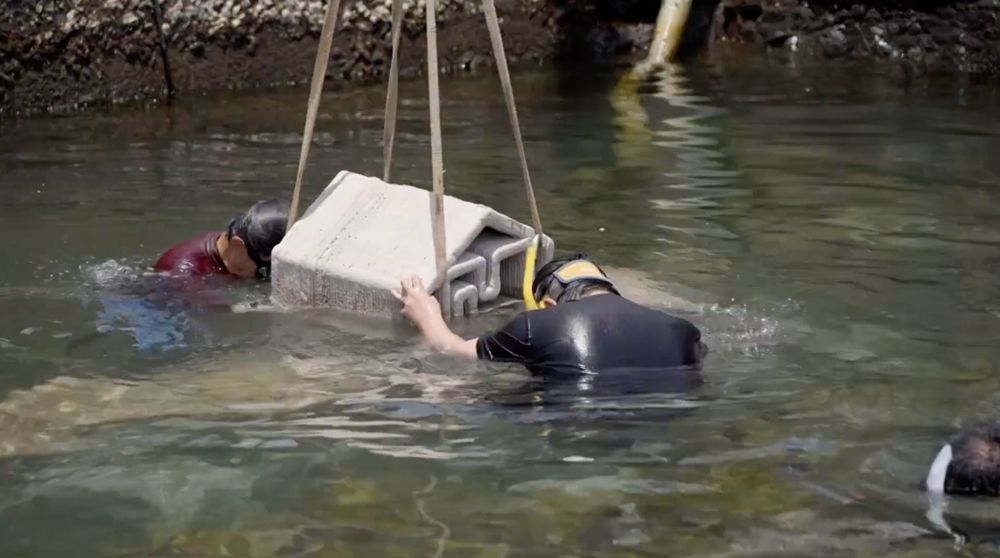
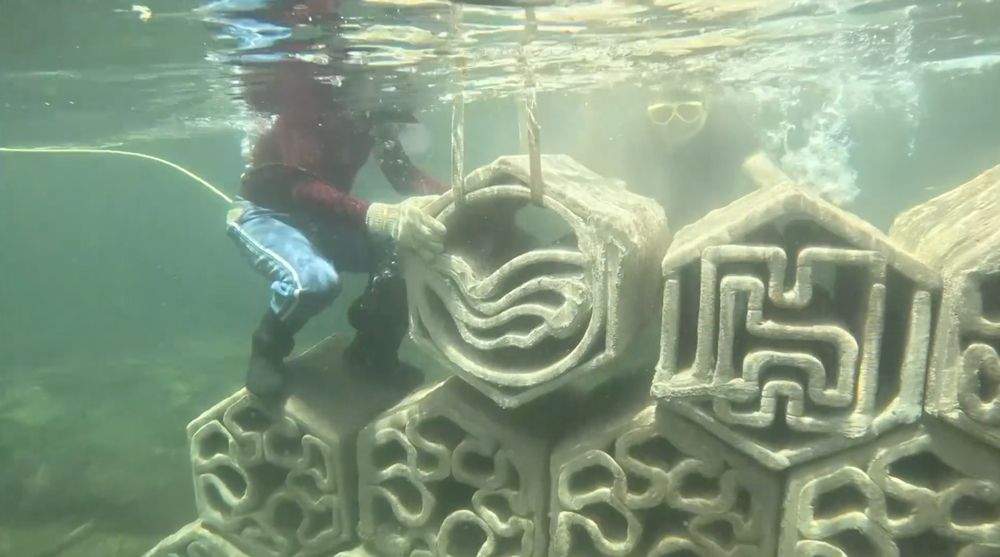
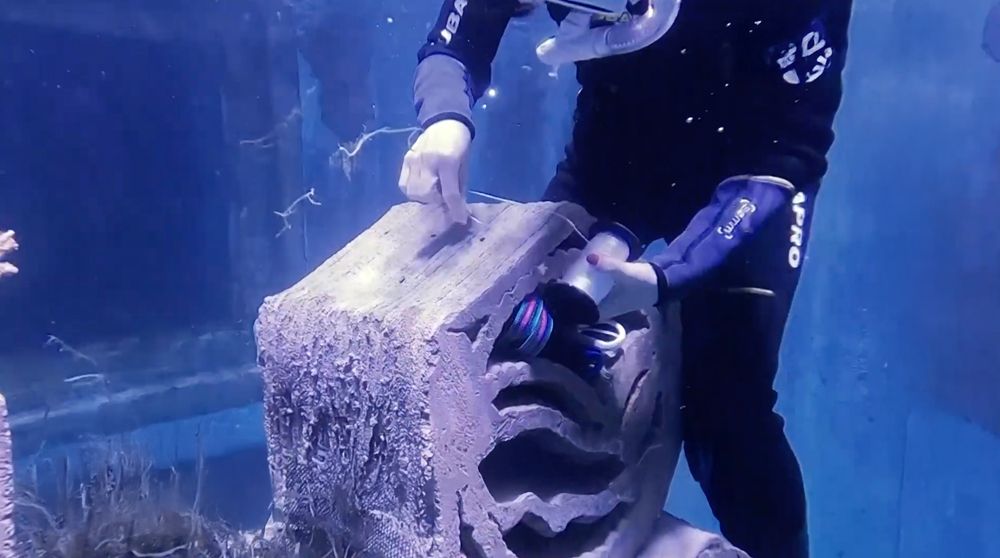

A project with promising prospects and an unwavering goal: saving the oceans through 3D concrete printing
This project is far more than a simple blend of technology and conservation — it’s a tangible demonstration of circular economy principles applied to the sustainability of the oceans.
The team hopes to restore many more hectares of seabed and rehabilitate these degraded areas so that local and resilient marine life can fully reclaim its place.
For the head of the Taiwanese company, it’s also a matter of boldness and collective intelligence:
“At TsunHung, we believe that through innovation and interdisciplinary collaboration, we can help restore the vitality of Taiwan’s marine ecosystems and set a new global model for ocean restoration.”
Because today, it is possible to combine technology, innovation, and ecology.
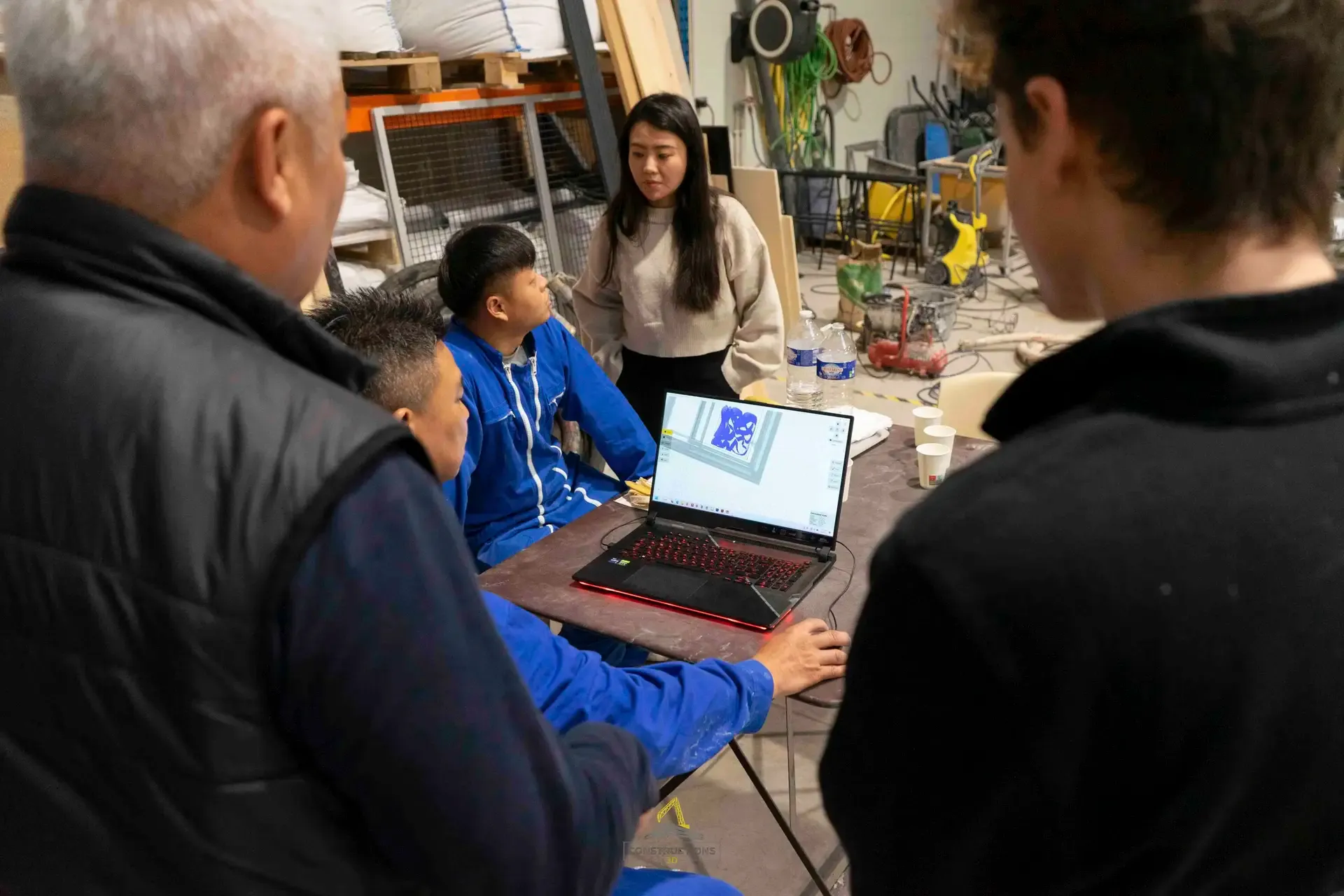
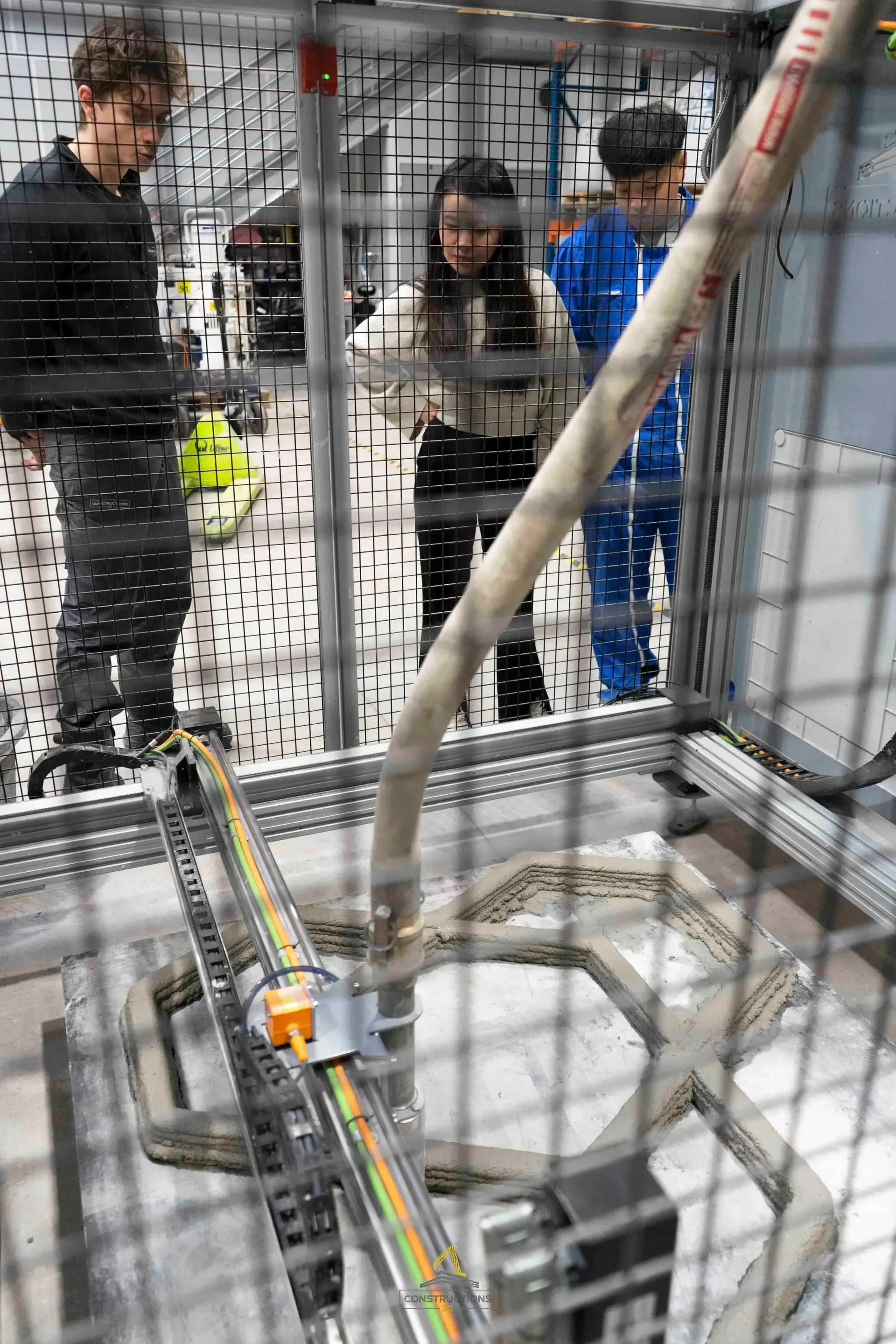
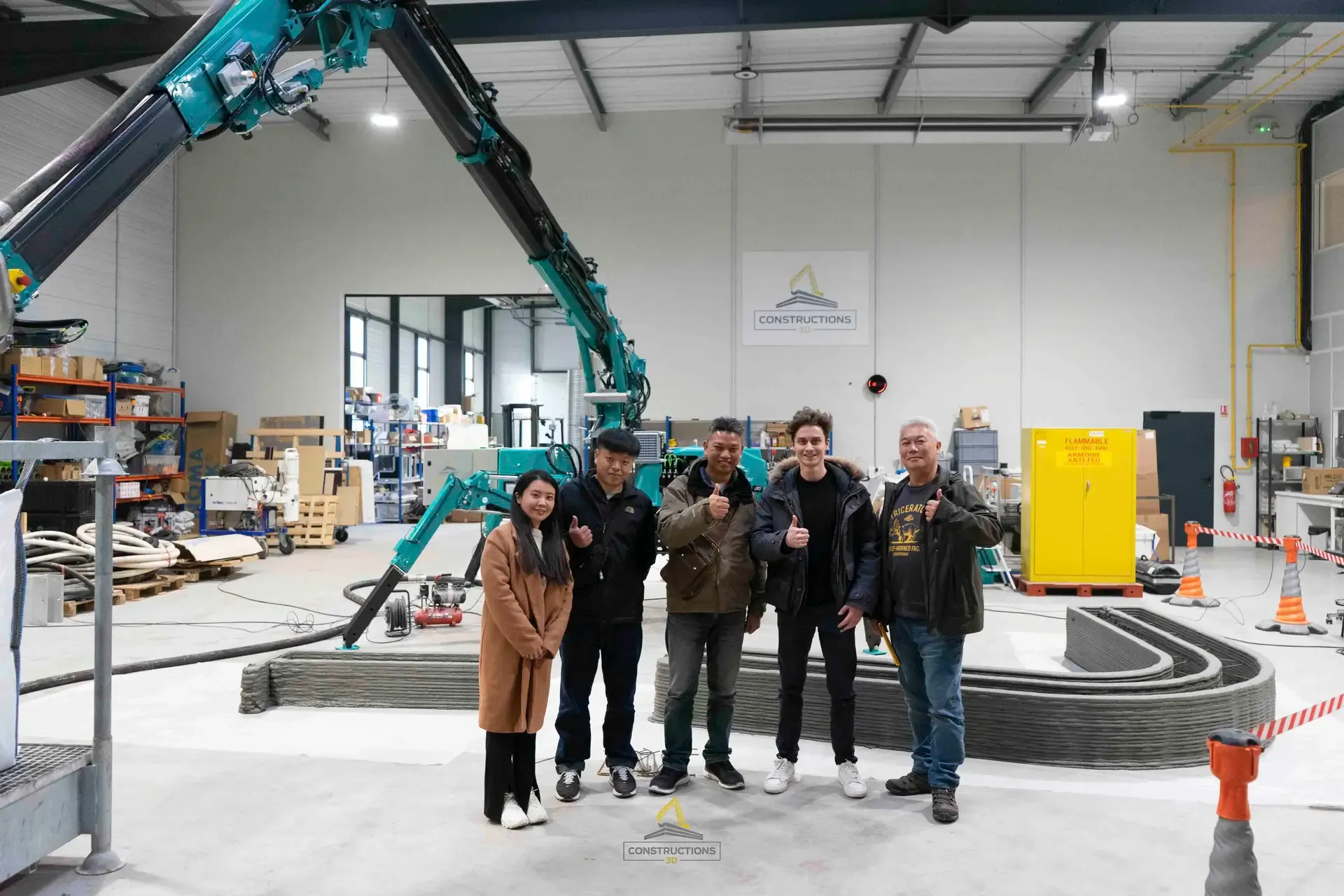
Ask your questions about concrete printing and our products...








